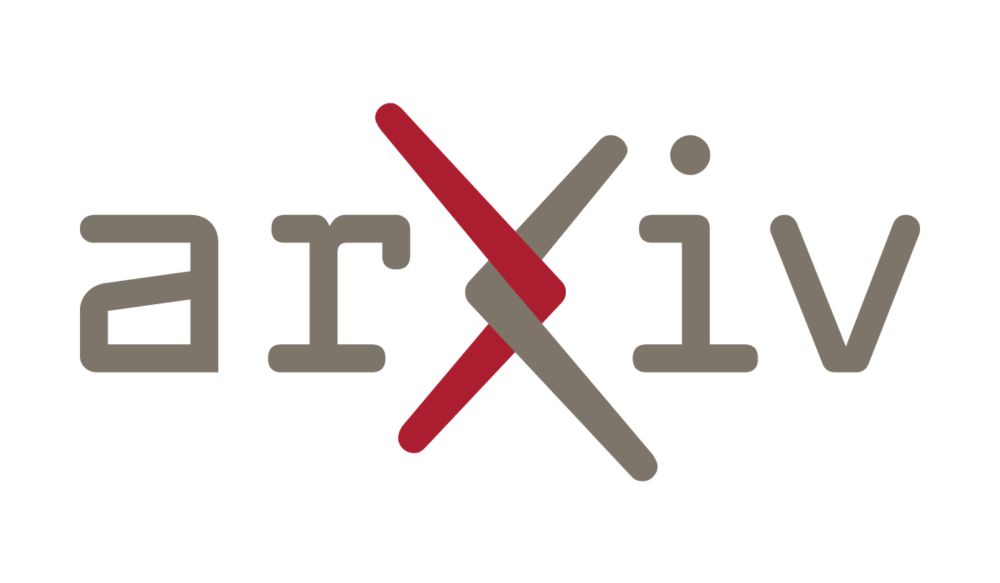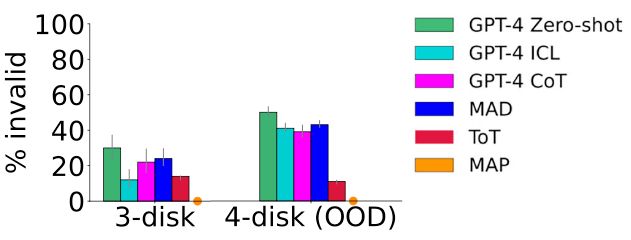Taylor Webb
@taylorwwebb.bsky.social
1.3K followers
460 following
85 posts
Studying cognition in humans and machines https://scholar.google.com/citations?user=WCmrJoQAAAAJ&hl=en
Posts
Media
Videos
Starter Packs
Pinned
Taylor Webb
@taylorwwebb.bsky.social
· Mar 10

Emergent Symbolic Mechanisms Support Abstract Reasoning in Large Language Models
Many recent studies have found evidence for emergent reasoning capabilities in large language models, but debate persists concerning the robustness of these capabilities, and the extent to which they ...
arxiv.org
Reposted by Taylor Webb
Reposted by Taylor Webb
Eric Elmoznino
@ericelmoznino.bsky.social
· Aug 18
Defining and quantifying compositional structure
What is compositionality? For those of us working in AI or cognitive neuroscience this question can appear easy at first, but becomes increasingly perplexing the more we think about it. We aren’t shor...
ericelmoznino.github.io
Reposted by Taylor Webb
Reposted by Taylor Webb
Reposted by Taylor Webb
Hope Kean
@hopekean.bsky.social
· Aug 3

Evidence from Formal Logical Reasoning Reveals that the Language of Thought is not Natural Language
Humans are endowed with a powerful capacity for both inductive and deductive logical thought: we easily form generalizations based on a few examples and draw conclusions from known premises. Humans al...
tinyurl.com
Reposted by Taylor Webb
Reposted by Taylor Webb
Taylor Webb
@taylorwwebb.bsky.social
· Jul 18
Reposted by Taylor Webb
Oliver Eberle
@eberleoliver.bsky.social
· Jul 16
Position: We Need An Algorithmic Understanding of Generative AI
What algorithms do LLMs actually learn and use to solve problems? Studies addressing this question are sparse, as research priorities are focused on improving performance through scale, leaving a...
openreview.net
Reposted by Taylor Webb
Ida Momennejad
@neuroai.bsky.social
· Jul 16
Taylor Webb
@taylorwwebb.bsky.social
· Jul 17








